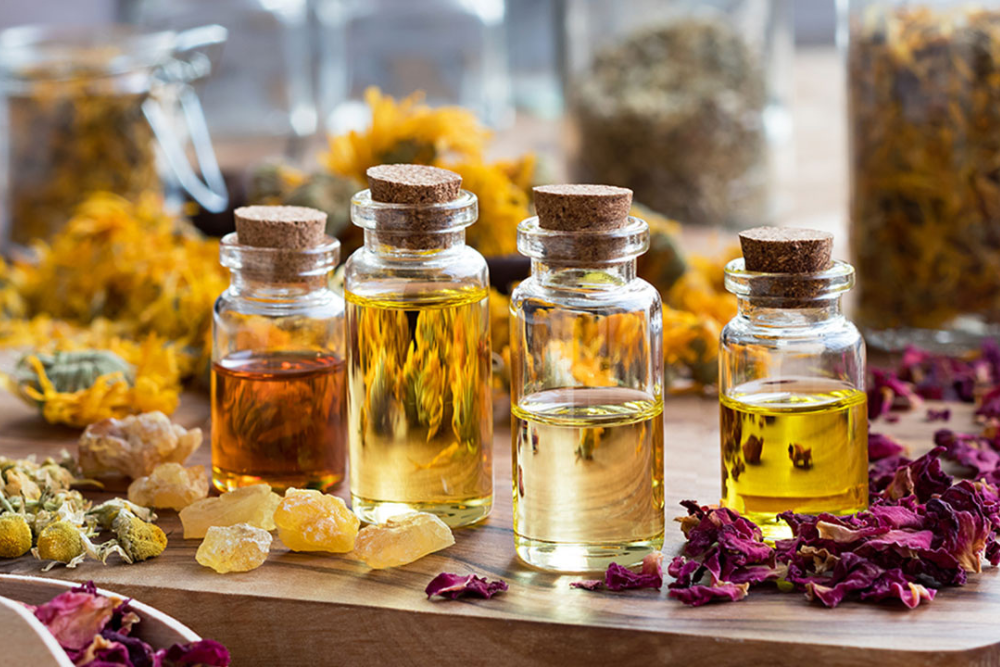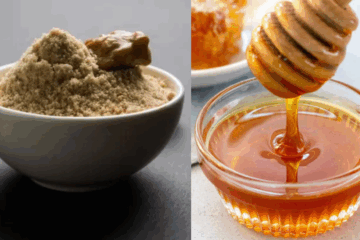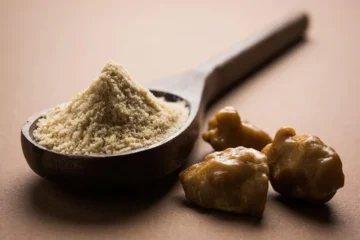How does hing oil work in aromatherapy to reduce stress and promote relaxation?
Short Answer: Hing oil contains calming compounds like ferulic acid and sulfur-rich volatiles that ease nervous tension, reduce stress hormones, and promote deep relaxation through aromatherapy.
Long Answer:
- Ferulic Acid Content: Hing oil contains ferulic acid, an antioxidant that helps protect brain cells from oxidative stress, supporting a calm nervous system.
- Volatile Sulfur Compounds: These organic compounds influence the limbic system (our emotional center), helping reduce anxiety and mental fatigue.
- Natural Nervine Action: Hing oil mildly sedates the nervous system, promoting a state of relaxation without drowsiness.
- Improved Oxygen Flow: Inhalation improves respiration and oxygen delivery to the brain, fostering mental clarity and calmness.
- Traditional Use: In Ayurveda, hing (asafoetida) has been used for centuries to calm the “vata dosha,” associated with restlessness and stress.
Can hing oil be blended with other essential oils for better stress relief or detox benefits?
Short Answer: Yes, hing oil blends well with calming oils like lavender and detoxifying oils like lemon or eucalyptus, enhancing its effects in aromatherapy.
Long Answer:
- Lavender: Enhances relaxation and balances the strong scent of hing oil, ideal for evening use.
- Bergamot: Uplifting citrus notes help manage mood and blend harmoniously with hing oil’s earthy tones.
- Lemon: Assists detox by supporting liver function and lymphatic drainage when combined with hing oil in a diffuser.
- Eucalyptus: Clears respiratory pathways, supports detoxification, and complements hing’s pungent profile.
- Frankincense: Deepens relaxation and meditation benefits when mixed with hing oil in massage oils or inhalers.
Is the aroma of hing oil too strong for daily use, and how can I make it more pleasant?
Short Answer: While hing oil has a strong scent, it can be made more pleasant by blending it with floral or citrus oils like lavender or bergamot.
Long Answer:
- Blend with Milder Oils: Combine with lavender, orange, or chamomile oils to tone down the intensity of the aroma.
- Use Low Concentration: Start with 1–2 drops in 100ml of water or carrier oil to prevent overwhelming scent in diffusers or massage.
- Add Base Notes: Oils like sandalwood or cedarwood can mellow the pungency and round out the aroma profile.
- Ventilated Space: Use in well-aerated rooms to balance scent diffusion without heaviness.
- Personal Preference: Smell sensitivity varies, so always test your blend before extended use to ensure comfort.
What’s the best way to use hing oil in aromatherapy—diffuser, massage, or inhaler?
Short Answer: The best method depends on your goals—use a diffuser for overall relaxation, massage oil for body detox, and inhaler for quick stress relief.
Long Answer:
| Method | Best For | How to Use |
|---|---|---|
| Diffuser | Full-room stress relief & mood elevation | Add 3–4 drops of hing oil with complementary oils into a water-based diffuser |
| Massage | Physical detox, muscle relaxation | Mix 2–3 drops in 10 ml of carrier oil like coconut or almond oil |
| Inhaler | Instant stress relief, travel use | Add 1–2 drops to an aromatherapy inhaler stick; breathe deeply as needed |
Are there any safety precautions or side effects when using hing oil for stress or detox?
Short Answer: Hing oil is safe in small amounts but should be used cautiously—dilute before topical use and avoid if pregnant, epileptic, or allergic to asafoetida.
Long Answer:
- Always Dilute: Hing oil should never be used directly on skin; use a carrier oil to avoid irritation.
- Patch Test: Test on a small area before full use to rule out allergic reactions.
- Avoid During Pregnancy: Due to its potent compounds, it is not recommended for pregnant women without medical advice.
- Consult If You Have Epilepsy: Some essential oils, including hing oil, may trigger symptoms in sensitive individuals.
- Keep Away from Eyes & Mucous Membranes: Avoid accidental contact to prevent stinging or discomfort.
Conclusion: Embrace Hing Oil for Aromatherapy
Short Summary: Hing oil for aromatherapy is a powerful natural remedy for stress relief and detox, offering multiple methods of use with proper care and blending.
Long Conclusion:
- Hing oil, rich in volatile compounds like ferulic acid, supports mental calm and nervous system balance.
- It works synergistically with lavender, bergamot, and lemon for enhanced stress-relief and detoxification.
- Although its scent is strong, it becomes pleasant when blended properly and used in moderation.
- Diffuser, massage, and inhaler methods allow flexibility based on lifestyle and wellness goals.
- Using hing oil safely ensures long-term benefits without adverse effects, especially for sensitive users.
Integrate hing oil for aromatherapy into your daily self-care regimen and unlock its ancient potential for modern-day stress relief and holistic detox.





